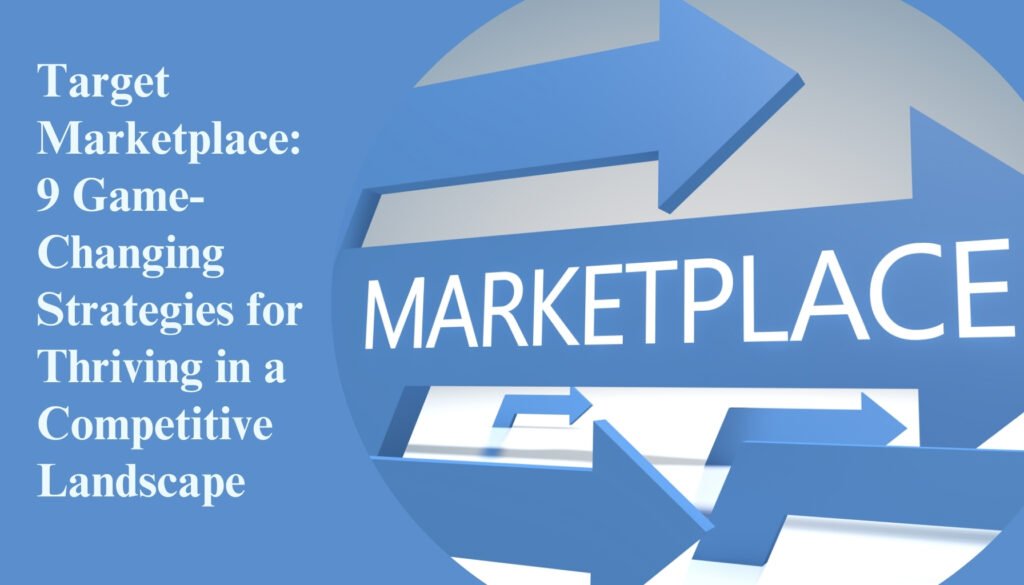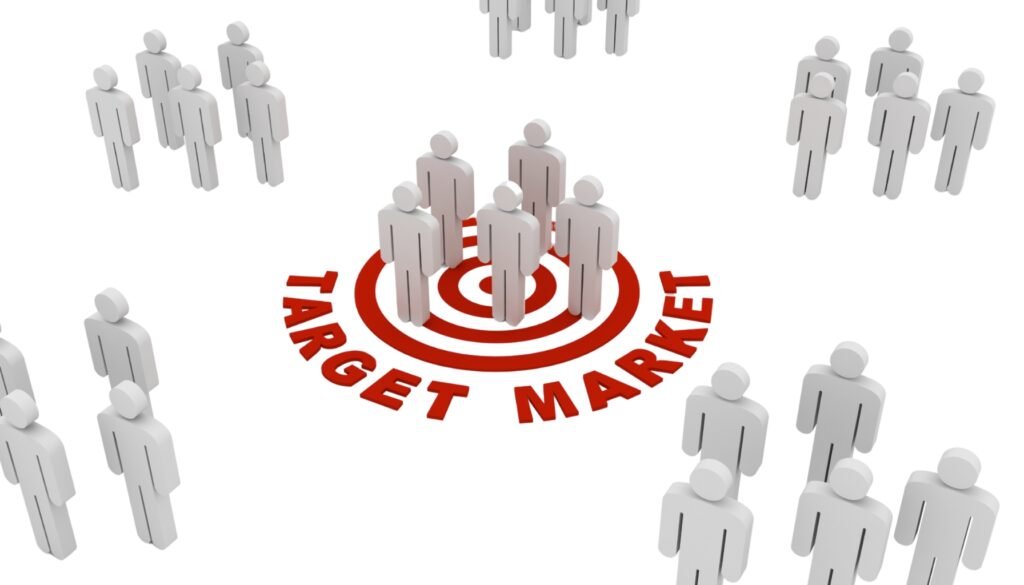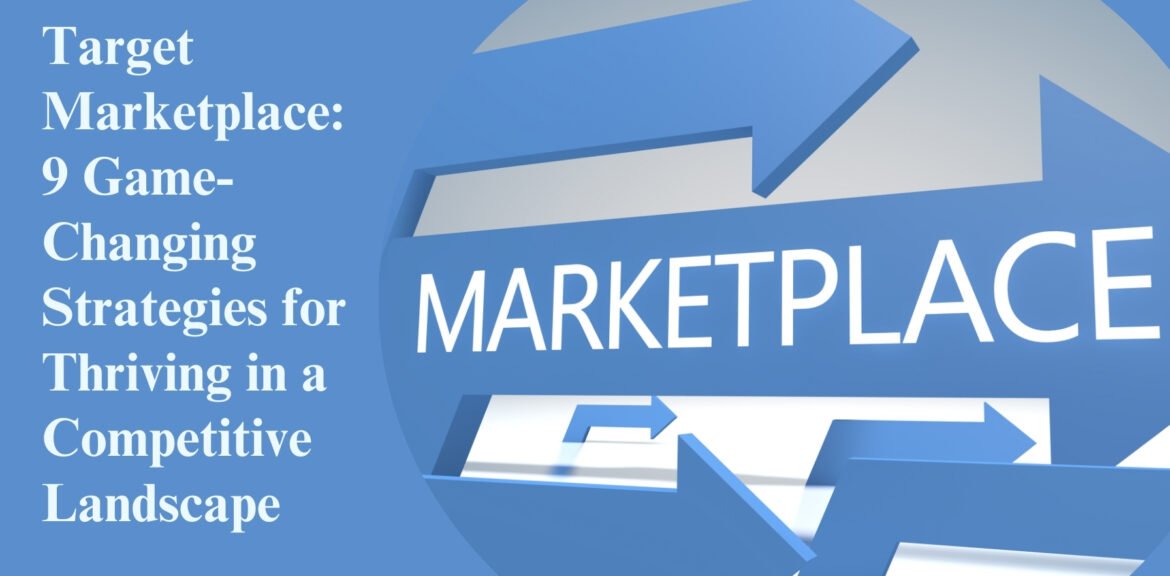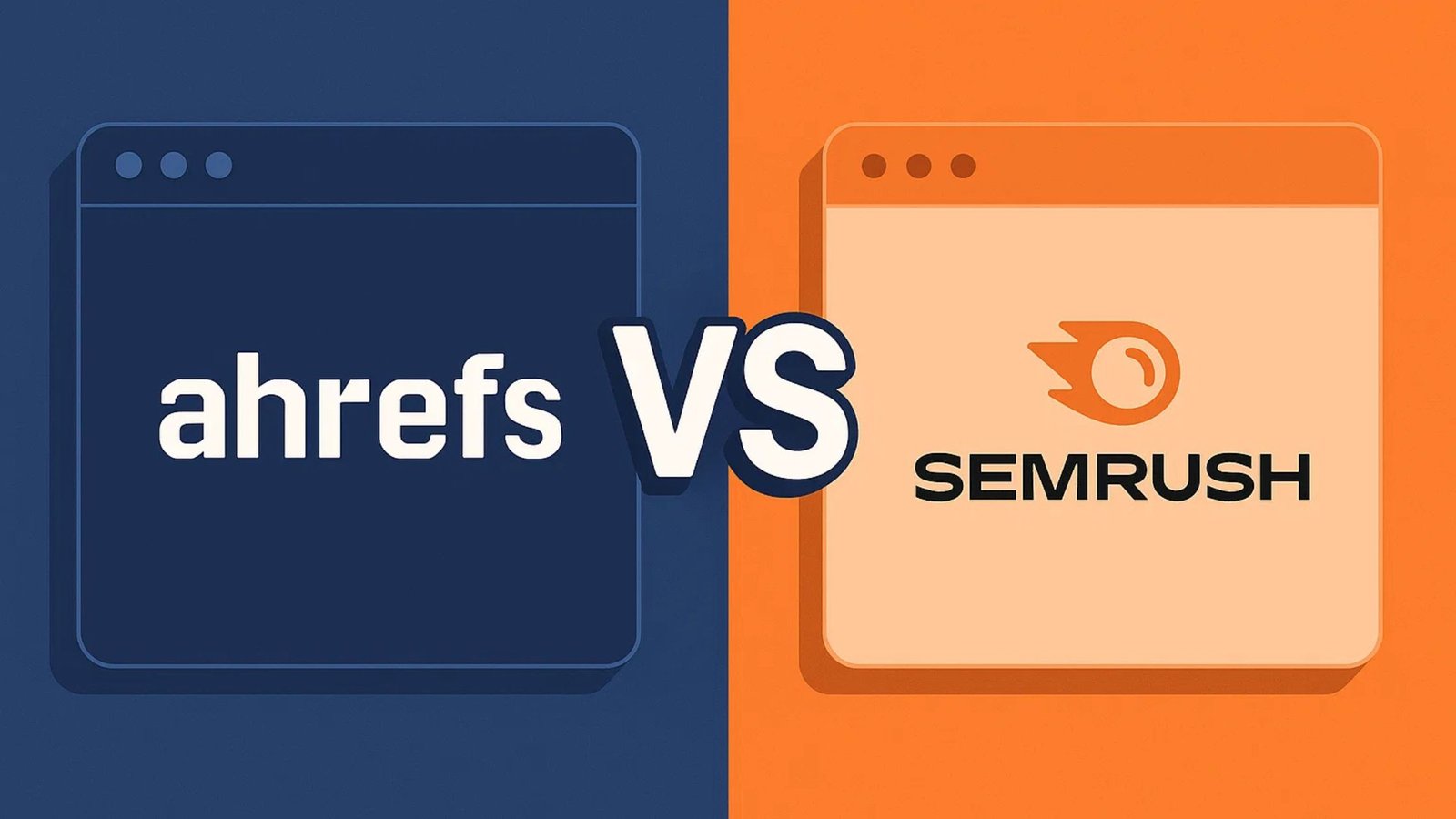In today’s fast-moving digital world, understanding your target marketplace is more than just a marketing trend—it’s a business necessity. Whether you’re launching a startup or scaling an established brand, identifying and connecting with your ideal audience ensures your products and services hit the mark.

Let’s dive into what makes a target marketplace so powerful and how you can leverage it to outperform your competition.
What Is a Target Marketplace?
A target marketplace refers to the specific group of potential customers that a business wants to reach with its products or services. This group often shares common traits such as age, gender, income level, geographic location, interests, or shopping behaviors. These shared characteristics help businesses understand what their audience truly wants and how best to deliver it.
Instead of trying to appeal to the masses, companies use their target marketplace as a guide for creating more focused and effective strategies. By knowing exactly who they’re aiming to serve, businesses can design experiences, offers, and messages that resonate more deeply and deliver better results.
Understanding your target marketplace is the foundation of any successful marketing or branding effort. It allows for smarter decisions, better customer engagement, and long-term business growth.
Why Defining Your Target Marketplace Matters
Trying to market to everyone usually leads to generic messaging, wasted ad spend, and poor returns. That’s why defining your target marketplace is a game-changer. It gives your strategy direction and purpose. Here’s why it matters:
- Focused Marketing Budget: You can invest your money where it will have the most impact—on the channels and platforms your ideal customers actually use.
- Personalized Communication: Messaging becomes sharper, clearer, and more relevant. When people feel like you’re speaking directly to them, they’re more likely to respond.
- Tailored Products and Services: Knowing your audience allows you to design offerings that meet their exact needs, leading to better satisfaction and loyalty.
- Stronger Customer Bonds: A clear target marketplace helps you build emotional connections, which are essential for long-term relationships and word-of-mouth referrals.

9 Game-Changing Strategies to Define and Win Your Target Marketplace
1. Conduct Detailed Audience Research
To effectively connect with your target marketplace, you need to know exactly who you’re talking to. Start by gathering data on:
- Age and gender
- Location and language
- Income level and education
- Device usage and online behavior
- Buying preferences and patterns
You can use tools like customer surveys, social media insights, Google Analytics, and feedback forms to collect real-time information. This research builds the foundation of every marketing and product decision you make moving forward.
2. Create Customer Personas
Once you’ve gathered data, turn it into something tangible: customer personas. These are fictional but research-based profiles that represent your ideal customers. Each persona should include:
- Personal goals and values
- Challenges and pain points
- Preferred communication styles
- Most-used platforms and content types
Creating these personas helps humanize your target marketplace and allows for more focused messaging and campaign strategies.
3. Analyze Your Competition
Competitor analysis is a powerful way to uncover both opportunity and risk. Look at:
- Who their audience is
- What messaging and platforms they use
- How they position their products or services
- Customer reviews (what customers like or dislike)
This analysis helps you pinpoint gaps in the market and carve out your own niche—ensuring that your target marketplace sees your brand as the better fit.
4. Segment Your Audience
Even within your larger target marketplace, there are smaller groups with different behaviors, interests, and needs. That’s where segmentation comes in. You can divide your audience based on:
- Location (local, regional, national)
- Demographics (age, income, job title)
- Behavior (repeat buyers vs. new customers)
- Lifestyle or values
Segmentation makes your communication feel more personalized—and customers are more likely to respond when they feel understood.

5. Tailor Your Messaging
Generic messaging won’t cut it. Each segment of your target marketplace has its own language, interests, and emotional triggers. When you tailor your messaging, focus on:
- Using language that aligns with your audience’s tone
- Showcasing visuals that resonate with their values or lifestyle
- Sharing content that addresses their specific problems or aspirations
This targeted messaging not only grabs attention but also increases engagement and loyalty.
6. Choose the Right Platforms
You don’t need to be everywhere—just where your target marketplace spends their time. For instance:
- Professionals may prefer LinkedIn
- Millennials and Gen Z might be active on Instagram or TikTok
- Shoppers often rely on Google Search or Amazon reviews
- Email may be key for nurturing leads in certain industries
Once you identify the right platforms, focus your time, energy, and ad spend there to get the highest return.
7. Monitor Performance Metrics
Tracking results helps you understand what’s working and what isn’t. Watch key performance indicators (KPIs) like:
- Engagement rates (likes, comments, shares)
- Click-through rates (CTR) from ads or emails
- Conversion rates (sales, sign-ups, inquiries)
Regular performance checks help you improve your campaigns and stay aligned with your audience’s needs.
8. Test and Optimize
There’s no one-size-fits-all approach. That’s why A/B testing is essential. You can test:
- Different email subject lines
- Two variations of ad copy
- Landing page designs
- Calls-to-action (CTAs)
Use the results to fine-tune your campaigns and increase ROI. The more you test and optimize, the more accurately you’ll be able to speak to your target marketplace.
9. Stay Updated with Market Trends
Consumer behavior changes constantly. What worked last year may not work today. Stay informed by:
- Following industry blogs and news
- Engaging with your audience directly
- Watching competitor changes
- Paying attention to new tech and tools
Keeping your finger on the pulse ensures your brand stays relevant and continues to meet the evolving needs of your target marketplace.es quickly. Keep tabs on new behaviors, emerging needs, and shifts in audience interests.
Table: Comparing Target Marketplace Segmentation Types
| Segmentation Type | Description | Example Use Case |
|---|---|---|
| Demographic | Based on age, income, education | Targeting millennials with eco-friendly products |
| Geographic | Based on location | Promoting snow gear in colder regions |
| Behavioral | Based on actions & usage | Retargeting cart abandoners with discount codes |
| Psychographic | Based on lifestyle & values | Marketing luxury brands to high-end consumers |
FAQs About Target Marketplace
1. How do I find my target marketplace?
Start by researching your existing customers, analyzing competitors, and using data from web and social platforms to identify who’s most likely to buy from you.
2. Why is audience segmentation important in a target marketplace?
It allows businesses to deliver personalized experiences, increasing engagement and conversions by addressing specific needs.
3. Can a business have more than one target marketplace?
Yes. Many businesses target multiple audience segments, each with different messaging and product approaches.
4. How often should I review my target marketplace strategy?
Regularly—at least quarterly. Market trends, customer needs, and business goals can shift.
5. What if I target the wrong marketplace?
It results in wasted resources and poor ROI. Conduct testing and refine your strategy as needed.
Related Insights
- Market segmentation strategies
- Niche marketing vs. mass marketing
- Consumer behavior analysis
- Positioning and brand messaging
- Product-market fit optimization
Conclusion: Turn Insight Into Action
Ready to Win Your Target Marketplace?
Defining your target marketplace is the backbone of a strong marketing strategy. With the right insights, tools, and approach, you can engage the right people, reduce wasteful spending, and scale your business with confidence.
Your audience is out there—now it’s time to reach them.
Let Wisdom Digital Marketing help you craft strategies that speak directly to your ideal customers. Whether you’re starting from scratch or refining your approach, we’ll guide you every step of the way.
Visit Wisdom Digital Marketing to discover how we can help you connect, convert, and grow faster.
Have questions or tips to share about targeting your market? Drop them in the comments—let’s spark a conversation and grow together!















